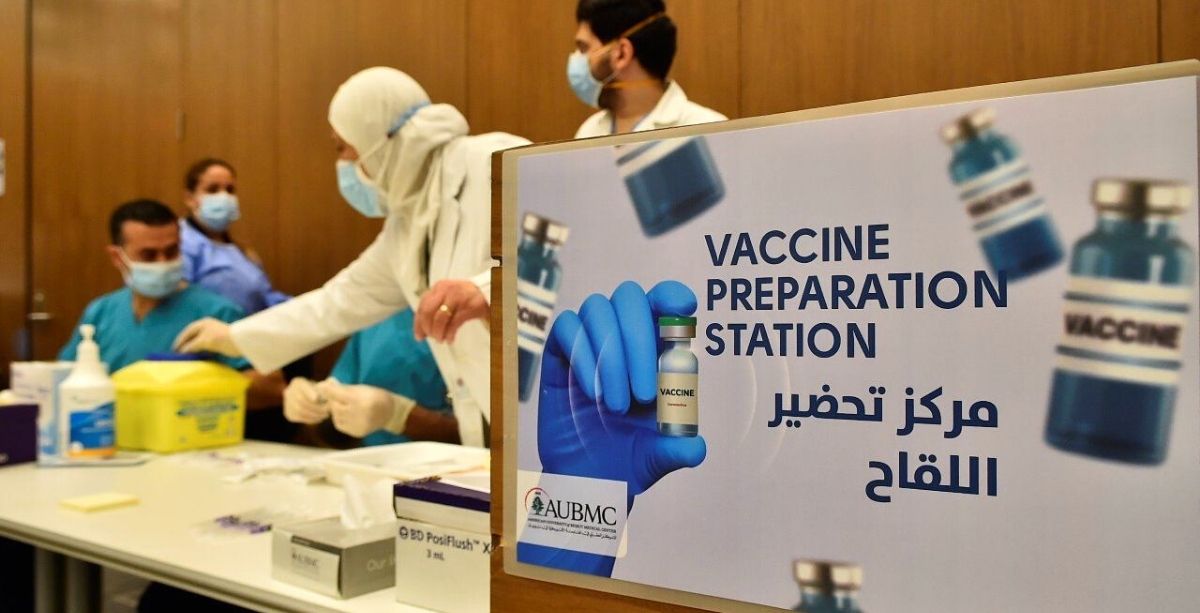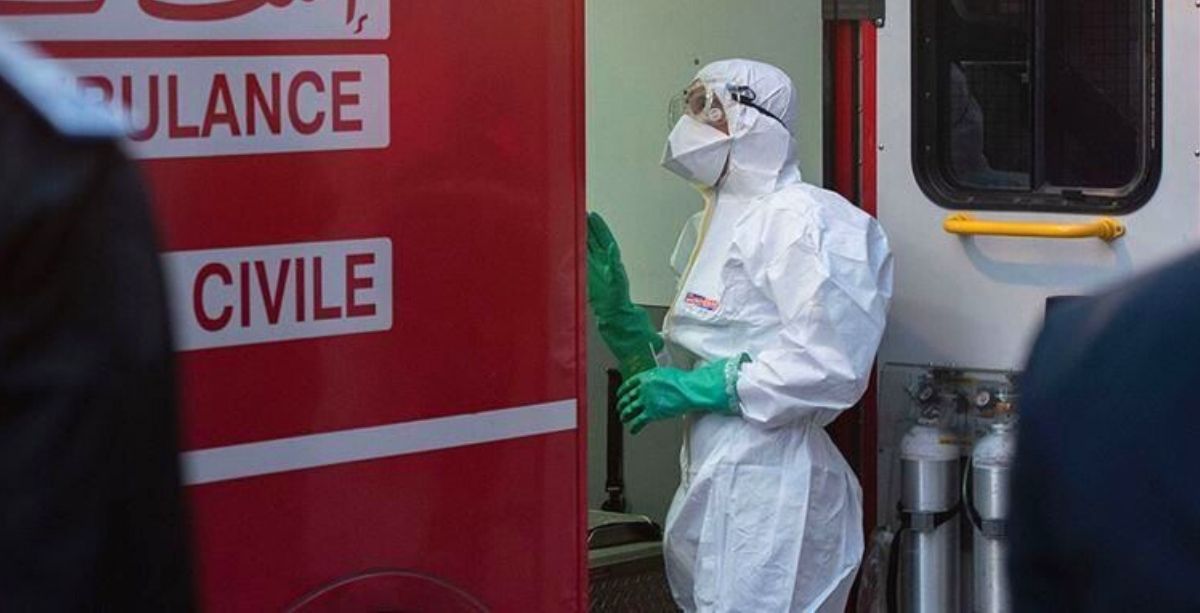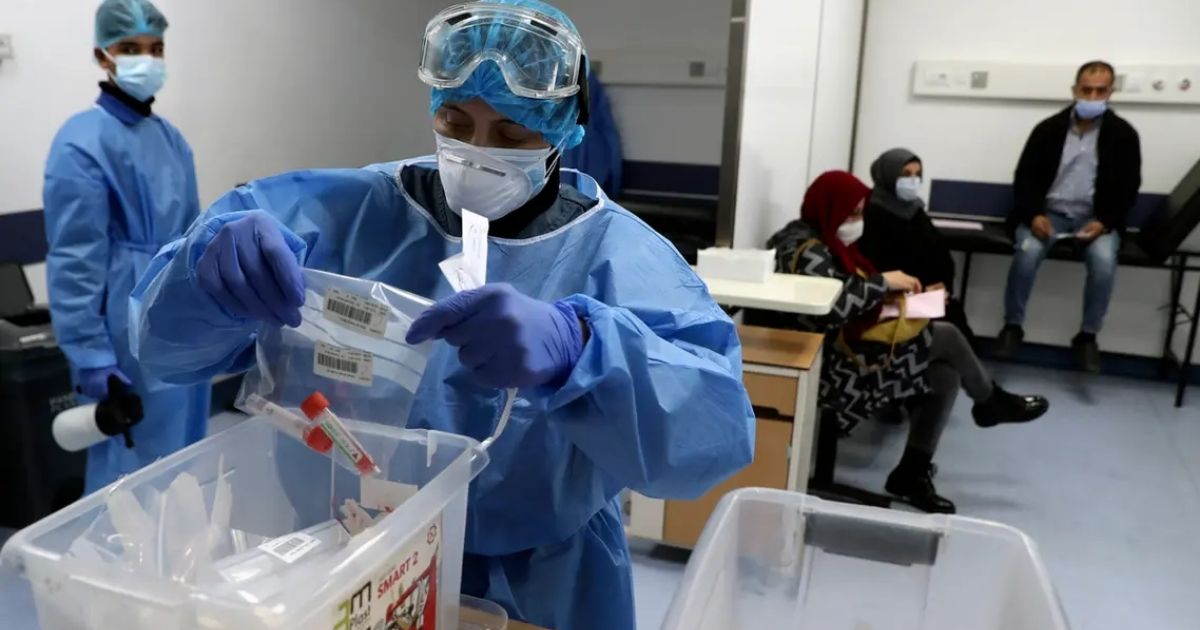The following are the most common myths and false claims that surround the coronavirus (COVID-19), and the factual information that revokes these myths according to the latest scientific research:
Myth #1: The coronavirus cannot be transmitted in hot, humid climates
Truth: Evidence so far indicates that the coronavirus can be transmitted in all areas, regardless of their temperature, humidity, or other climatic factors. Hence, COVID-19 can indeed be transmitted in hot and humid climates.
Myth #2: Snow and cold weather kill the coronavirus
Truth: The human body’s internal temperature remains constant (at 36.5°C – 37°C ) regardless of the external weather or temperature. Thus, it is not true that being in colder climates provides immunity against the virus.
Myth #3: Taking a hot bath prevents catching COVID-19
Truth: Again, external temperatures do not affect the body’s internal temperature. Therefore, taking a hot bath does not protect you from contracting the coronavirus.
Actually, an extremely hot bath can be harmful because it may burn you. The only effective way to protect yourself from the coronavirus is by following the World Health Organization’s prevention guidelines.
Myth #4: Mosquito bites transmit the coronavirus
Truth: No scientific evidence or information suggests that mosquito bites can infect someone with COVID-19.
The coronavirus that causes COVID-19 targets the respiratory system and primarily spreads through droplets expelled through an infected individual’s mouth or nose.
Myth #5: Hand dryers can kill the coronavirus
Truth: They cannot. The only way to kill the coronavirus is by washing the hands with soap and water or using an alcohol-based hand rub.
Myth #6: Ultraviolet (UV) lamps can kill the coronavirus
Truth: The World Health Organization says ultraviolet disinfection lamps should not be used to sterilize the hands or any other area of skin. Ultraviolet radiation can be harmful and can cause skin irritation.
Myth #7: Thermal scanners can always detect people infected with COVID-19
Truth: Thermal scanners are only effective in catching people who have already become sick with fever caused by the coronavirus. These devices do so by detecting high temperatures in people.
But considering it takes between 2 and 10 days for an infected individual to get a fever, the scanner cannot detect an infection in a person who has not yet experienced an increase in body temperature.
Myth #8: Spraying alcohol or chlorine on the body kills the coronavirus
Truth: Alcohol and chlorine can harm your clothes and mucous membranes, such as your eyes and mouth, and cannot kill the virus.
The sole recommended use for these substances against COVID-19 would be to disinfect surfaces in accordance with health guidelines.
Myth #9: Vaccines against pneumonia protect against the coronavirus
Truth: Vaccines such as pneumococcal vaccine and Haemophilus influenza type B (Hib) vaccine are not effective against COVID-19.
This is because the new coronavirus has a different makeup than any viruses encountered before. Nevertheless, vaccination against respiratory illnesses is highly recommended for your overall health.
In the meantime, scientists around the world are constantly working to create a vaccine for the virus.
Myth #10: Regularly rinsing the nose with saline prevents a COVID-19 infection
Truth: While there is evidence that rinsing the nose with saline might help people recover faster from the common cold, it does not help against the COVID-19.
Myth #11: Eating garlic helps prevent a COVID-19 infection
Truth: There is so far no evidence that presents garlic as an effective protection method against the new coronavirus.
Myth #12: The coronavirus only affects older people
Truth: Anyone can be infected with the new coronavirus regardless of age. However, older people and people with pre-existing illnesses are generally more likely to develop severe symptoms after being infected.
Myth #13: Antibiotics prevent and/or treat COVID-19
Truth: Antibiotics only work against bacterial infections and are ineffective against any virus, including the new coronavirus. Therefore, antibiotics should not be used to prevent or treat COVID-19.
Myth #14: It’s unsafe to receive packages from countries with a COVID-19 epidemic
Truth: The World Health Organization says: “From previous analyses, we know coronaviruses do not survive long on objects, such as letters or packages.”
As such, it is considered safe to receive packages from countries experiencing a coronavirus epidemic.
Myth #15: The flu is more lethal than COVID-19
Truth: Although most COVID-19 patients experience mild flu-like symptoms, the new coronavirus is certainly not less dangerous than influenza in terms of fatality rates.
The seasonal flu has a mortality rate of approximately 0.1% whereas COVID-19’s death rate, although not yet accurately determined due to various factors, is at least 30-40 times higher than that of the flu.
Myth #16: You need to be with an infected person for 10 minutes to catch the coronavirus
Truth: It is certainly possible to get infected after less than 10 minutes of exposure to an individual infected with COVID-19.
Additionally, if you don’t contract the virus from that person, there’s a high chance of doing so by touching contaminated surfaces around them.
Myth #17: A COVID-19 vaccine could be ready in a few months
Truth: It could take more than a year to get a hold of an effective vaccine that works against COVID-19.
Developing a vaccine takes a lot of time and testing, so it’s very unlikely that a few months is a plausible timeframe for the availability of a commercial vaccine.
Myth #18: Face masks can protect from the coronavirus
Truth: Standard surgical masks are not effective in blocking out the coronavirus because they’re not designed to protect wearers from viral particles.
On the other hand, they do help in decreasing the spread when worn by infected individuals.
Myth #19: The coronavirus mutated from the common cold
Truth: Although this coronavirus shares some similarity with the virus that causes the common cold due to both being coronaviruses, neither mutated from the other.
Myth #20: COVID-19 is a man-made disease
Truth: There is no evidence that suggests that the coronavirus was created in a lab. The characteristics of this virus exactly match those of natural coronaviruses that have previously been passed on from animals to humans.
Myth #21: Pets can transmit the coronavirus to humans
Truth: No evidence suggests that animals such as cats and dogs can infect humans with the coronavirus.
Notably, there is one case in China where a dog caught the virus from its owner, but the dog did not get ill as the infection was “low-level.” Also, the dog did not transmit the virus to other humans.
Myth #22: Vitamin C supplements make you immune to COVID-19
Truth: While vitamin C is definitely important for overall health, no evidence has shown that it plays a role in preventing the new coronavirus.
Since the COVID-19 outbreak began, several fraudulent products began appearing around the world claiming to prevent or cure COVID-19.
Be wary of such products and know that there is not a cure for the new coronavirus yet. The only way to protect yourself and others is by implementing preventive methods approved by the World Health Organization.











